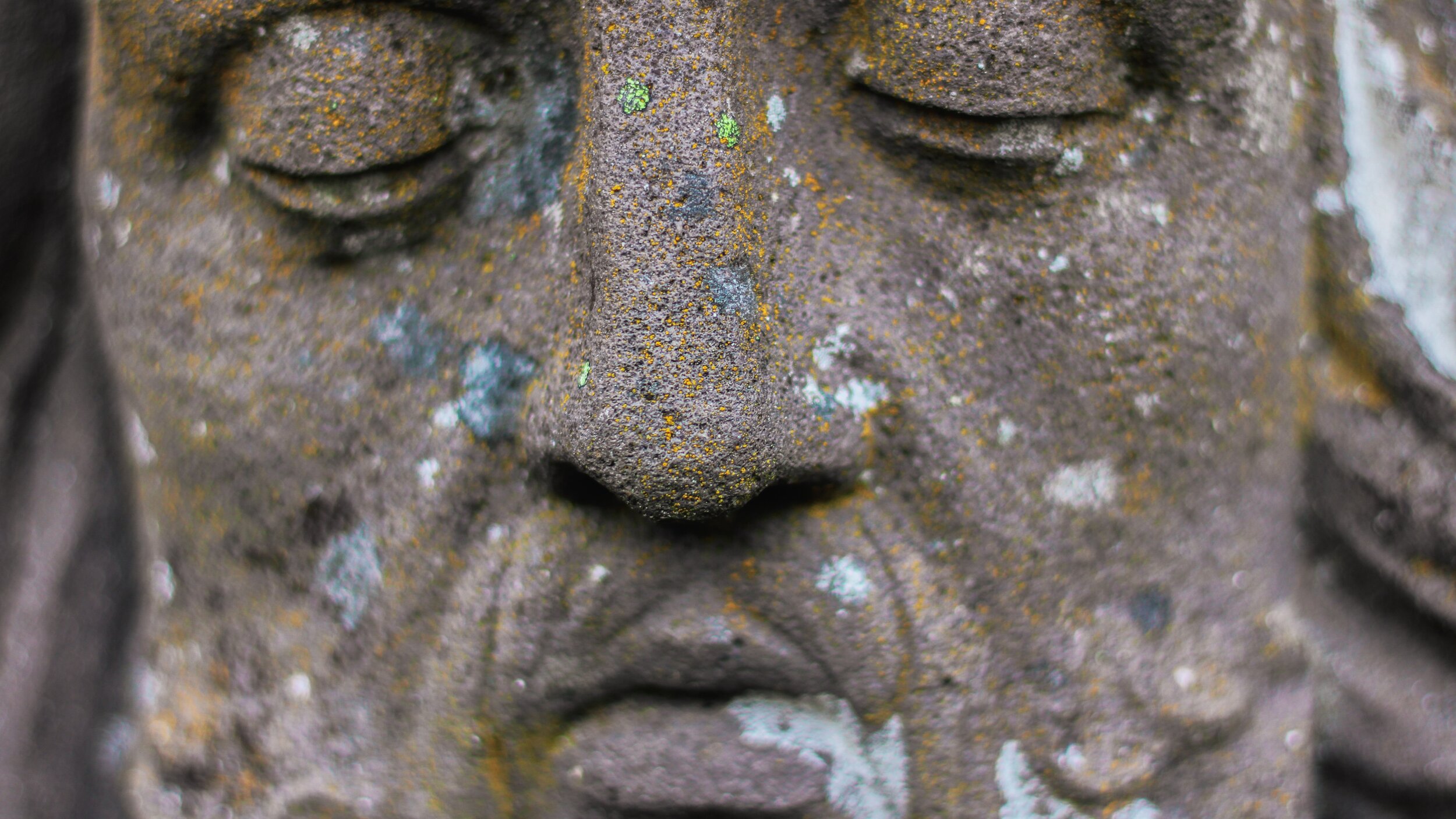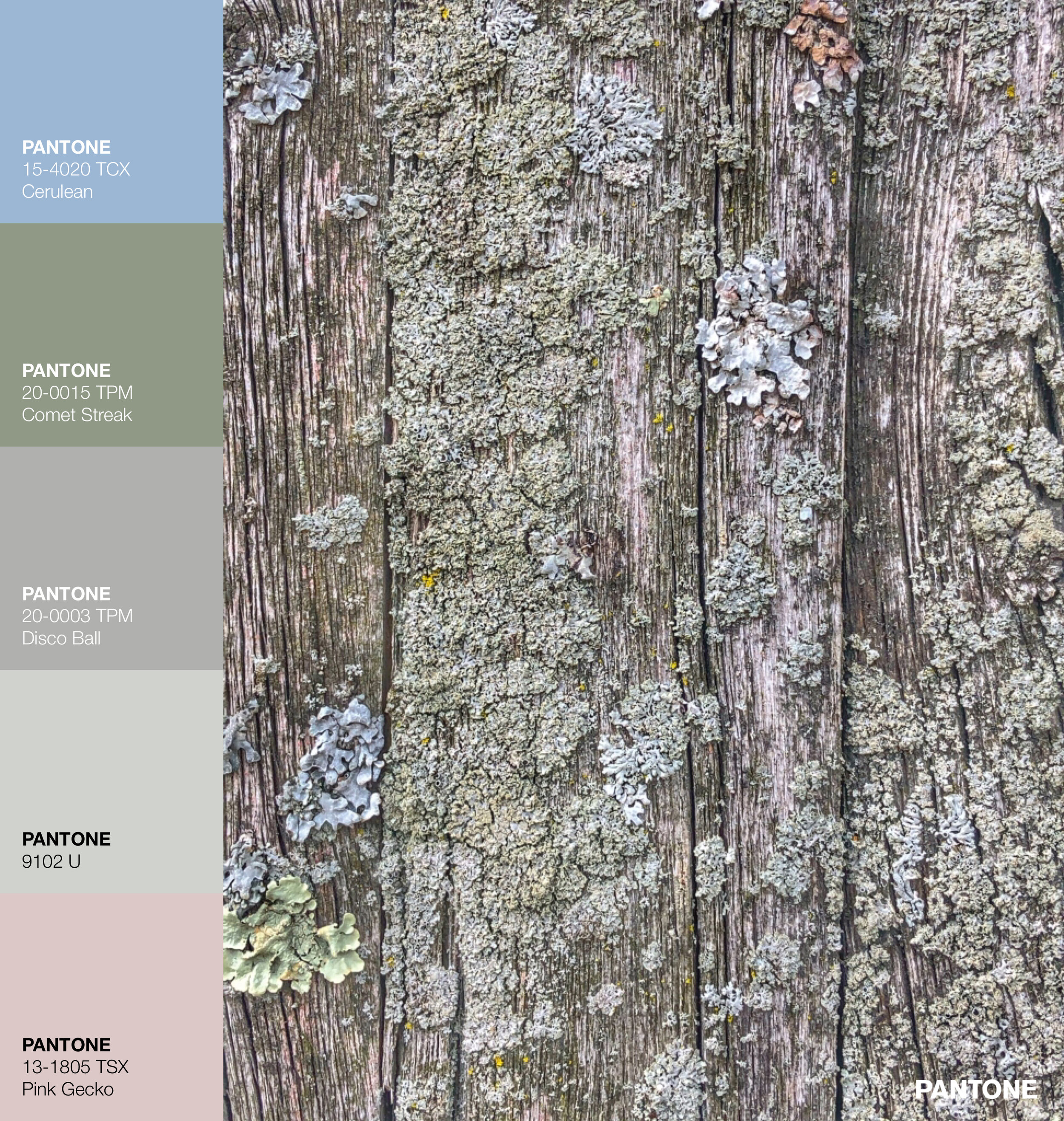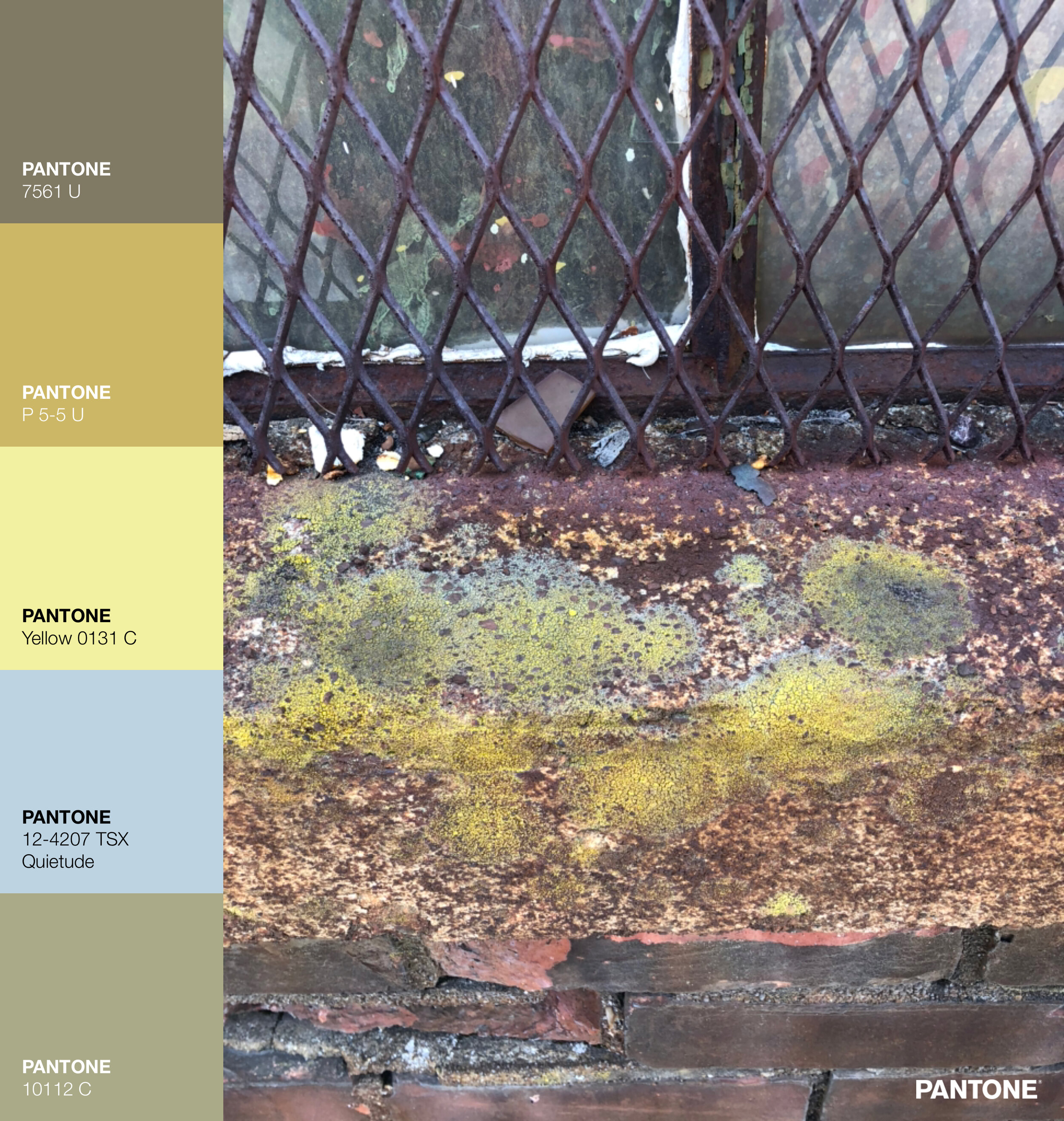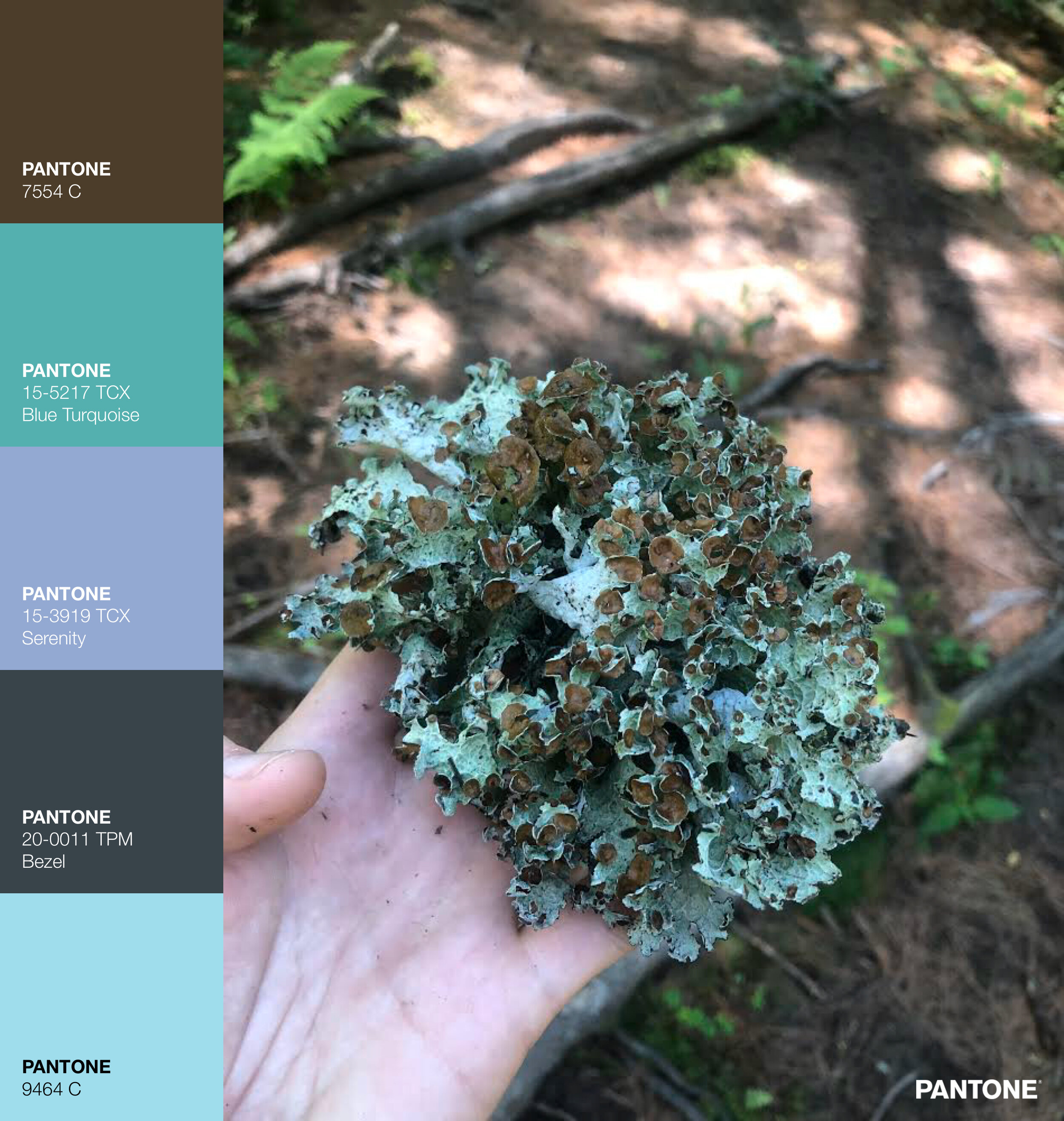
The Global Lichen Hunt
Photograph the microbial cosmos of your backyard, learn how to record observations in a scientific field journal, and upload your data to help scientists conduct research.
Project Overview
Explore nature and travel into the vastness of the microbial cosmos of your neighborhood. Join the global lichen hunt by using our “choose your own adventure” style guide. Learn about how to make scientific observations in a field notebook, develop your nature photography skills, be inspired by these resilient, and potentially life-saving creatures, and share your photos on the iNaturalist app as part of this global initiative.
Project Update!
Thanks to your help, we are learning more about the world of lichens. This project was launched in 2020—a time when the pandemic meant many people could not venture far from home. This Lichen Adventure was created to help people explore safely during this time. It also served as a reminder that not all microbes cause disease. Perhaps most importantly, lichens reminded us of an example where diverse communities lead to greater strength.
According to iNaturalist, more than 9 million observations, uploaded by 691,593 observers, have been added to the Lichen Adventure Project as of July, 2023! These have been uploaded by 691,593 participants!

Project Details
When it’s not safe to travel to the zoo, the aquarium, or the beach, where can we go to explore the wonders of the natural world? How can we benefit from the serenity of nature if we are surrounded by city blocks?
We can explore nature by venturing into the vast biological cosmos that exist nearest us, particularly those in lichen.
Many microorganisms are too small to see with the naked eye, but that’s not the case for lichens. Lichens are composed of a community of microscopic species - bacteria that help feed the community by transforming light energy into sugars, fungi that help support the community by creating the structure that shelters the microbes, holding them together. Together these creatures form plant-like communities that live on every continent, from the remote arctic to inner city stone walls, from rain forests to dry tundras. Communities so large, we can see them with our naked eye.
These communities are resilient.
By partnering together and hunkering down, they can exist in some of the world’s most stressful environments. Their forms are nearly endless: leafy and bushy, crusty, and even shrub-like. Their colors are yellow and orange, blue and magenta, crimson and green. Some even mysteriously fluoresce under black light.
These communities are powerful.
Lichens can’t escape predators, or harsh environments by running away, so instead they’ve learned to protect themselves by creating powerful molecules. Many of these molecules have human applications. Humans have used pigmented lichens to naturally dye fabric and yarn since before Roman times. Some lichen molecules have shown promise as powerful pharmaceuticals such as antimicrobials…. all hiding in plain sight.
Now you can help find lichens near you.
This project provides a “choose your own adventure” guide to explore lichens near you, photograph them, and share them with scientists across the world. This will create a global repository of lichen images we will map across the planet. In joining this hunt you will find opportunities to develop as a scientific observer, a better nature photographer, and to find inspiration in the natural biological palette of these creatures. It offers a way of observing the wonders of nature we often ignore. This is a practice of mindfulness needed now, perhaps more than ever.






Project Guide
Three simple steps. Flexible time commitment (<5 minutes to all day). Advance through the steps in this choose your own adventure-style guide (or just keep scrolling to see all the options).
Project Summary: Find a lichen. Take a photo. Share it using the iNaturalist app. Begin a Field Journal and make scientific observations of your lichen.
Discover a Lichen.
Find a lichen near you.
Photograph & Share.
Photograph the lichen and share it on the iNaturalist app.
Learn more.
Learn to make scientific observations of your lichen in a Field Journal.
The Full Choose Your Own Adventure Guide
Step 1. Discover
Outside version: Go outside—while taking proper safety precautions—and find a lichen. Don’t forget to check out rocks, trees, and the sides of buildings. Lichens can be stringy, look like colors painted on rocks, or like flowery tufts on tree bark. Can’t go outside? Inside version: See if you can see these clusters of microbes from your window. Nothing outside your window? Digital version: Search online images of stone walls, famous stone sculptures, or gravestones. Can you find the lichens in the images?
Take a photo (or many) of your lichen. There’s no wrong way to take these photos, but use it as an opportunity to improve your nature photography skills. What do you notice when you photograph it up close? A lichen is a symbiotic community of microorganisms—multiple species coming together to help one another. At least one microbe is providing food from light, and the other is providing the plant-like structure of the lichen. What you’re see may look simple, but it’s a microbial castle!
Step 2. Photograph
Download the free app “iNaturalist” and upload your photo. Try and identify the lichen and check out its distribution. Hint: just label it as “lichen” if the app can’t detect what type of lichen it is. These open-source data observations are periodically used by scientists to understand more about the biology and distribution of creatures, including lichens. Lichens are food for other animals (such as deer) and play important roles in the environment. They are also responsive to air pollution. They will be less abundant in polluted areas. Because of this, they can be used as a bioindicator of pollution levels over time (more lichen = less polluted air). By uploading your photos, you’re helping scientists learn more about our world! This is known as a “citizen science” activity, where “citizen” means “citizen of the world.”
Step 3. Share.
Great job! You are now a microbial explorer!
Now you can find new lichens, or, If you want to go beyond the discovery phase, you can. To guide the next steps either scroll down, or choose what you want to do next:
We think of microbes as often being boring colors such as drab browns and greens. But they can be many colors! Explore the colors in your lichen by downloading the free Pantone app. Open it. Click “Images.” Select your lichen photo from your library. Move the dots around to find the various Pantone colors that are in your lichen image. Click the upload button and select the “share” option. You will then have an image of your lichen with all the Pantone colors of your lichens. Post this photo to inspire microbial color palettes. Feeling inspired to paint your nails with your lichen color? Great! Share the colors in your social media post (e.g., Pantone 18-2120 TCX: Honeysuckle, Pantone 2060 C: Power Rangers, Pantone 17-1463 TCX: Tangerine Tango) to inspire others. Or use this guide when making field notes about the colors you observed in your lichen.
Bonus Level 1. Color.
Download the composite photos of lichens (uploaded here periodically) or use your own with services such as redbubble, spoonflower (etc). to get cloth, clothing, bags, or mugs featuring your lichen. Or just include the image as your desktop. Feeling extra crafty? Check out the (external) guides for how to dye yarn with lichen. Use the Contact Us form at the bottom of this page to share your images with us!
Bonus Level 2. Make.
Bonus Level 3. Learn.
Check out these resources to learn more about the science of Lichen. Go beyond to find lichens with different shapes, different colors. Learn about the microbes that make lichen possible.
Key for finding a lichen: Often they feel dry, they are found in locations that can be wet or have periods of dryness (e.g., on tree bark, or on exposed rocks). The come in different varieties of colors (pink, yellow, blueish, grey). While some are leafy, or stringy, others appear more like painted stone. Moss, which are plants, not microbes and not lichens, will often be moister, typically found in areas that are wet or moist most of the time. Mosses or plants that resemble lichens can be very stringy sometimes, but they are often highly abundant (such as Spanish moss). Moss often feels spongy and they are often a vibrant green.
Challenge yourself to A. Find another lichen of a different color, a different shape, or living on a different surface (wood, stone, etc.). B. Take photos of the same lichen after it rains (did it change size, color, or texture?). C. Take photos of the lichen at different scales (macro lens, high magnification, and from far away). D. Take photos of the lichen under black light (does it fluoresce? Some do!). E. Note whether there are any bugs (arthropods) or animals interacting with your lichen. F. Write down your scientific observations and make a field notebook of lichens. Use your notebook to observe plants and animals in your backyard.
Bonus Level 4. Advanced Discovery.

Lichens are symbiotic communities of bacteria and fungi (both microorganisms). While they often resemble mosses (plants) they are very different groups of creatures with different life styles. The links below provide research papers to let you dive deeper into understanding the science of these microbes.
The Science.













Contact us.
Want to partner with the #LichenNearMe Project? Want to share more of what you’ve found and created? Reach out! We look forward to hearing from you.





















